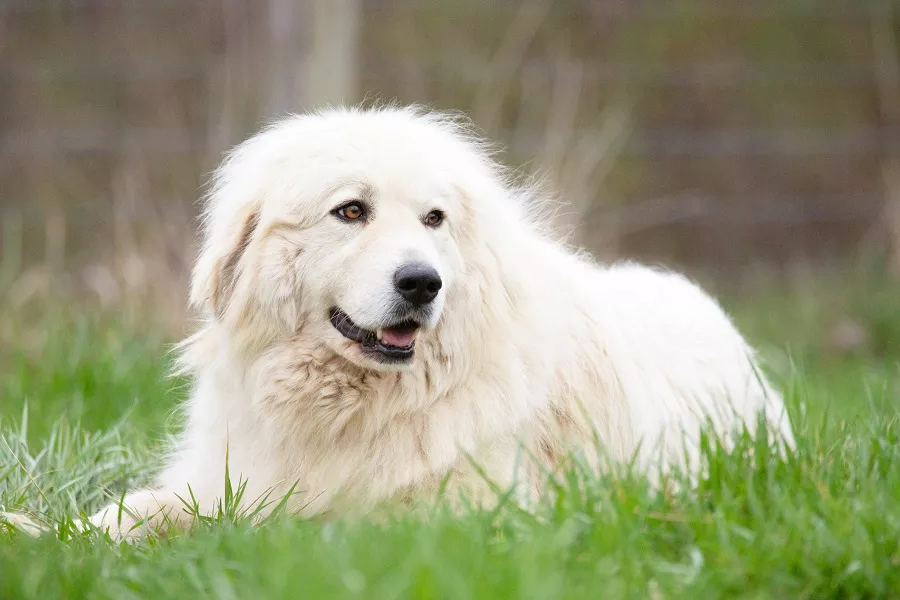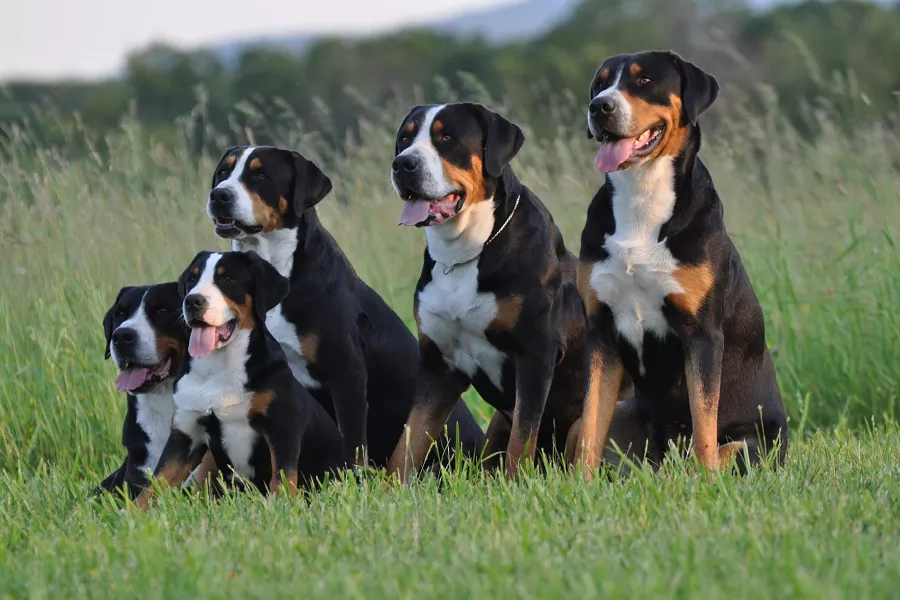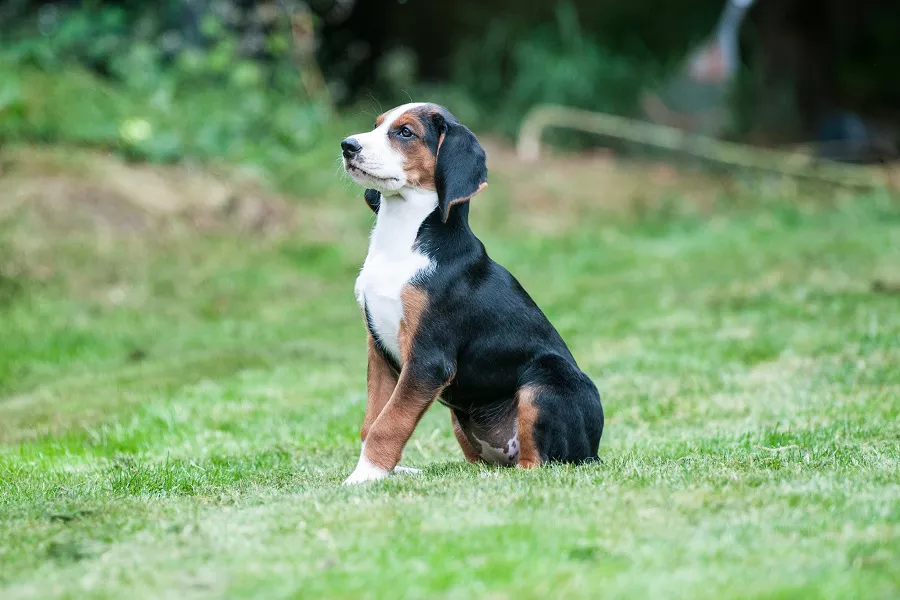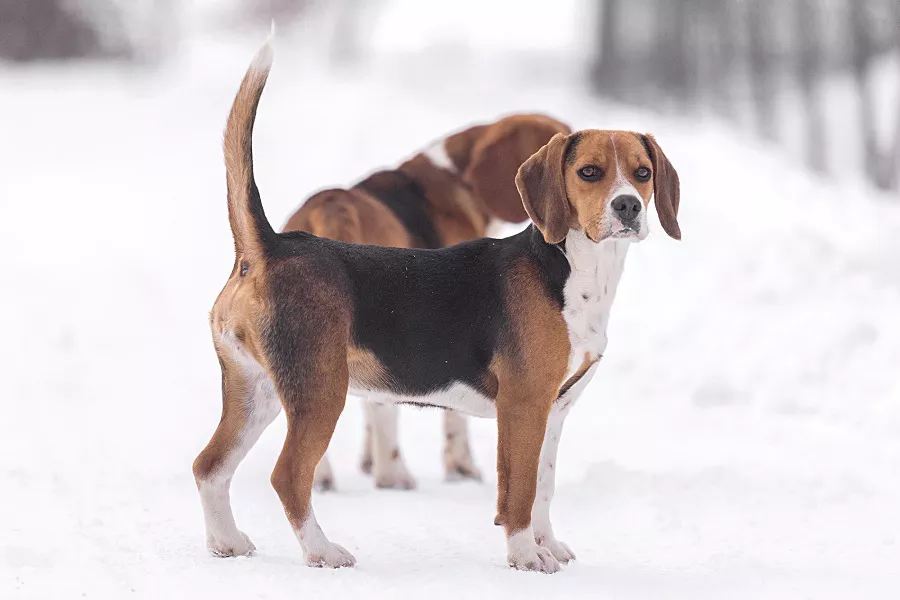What are great pyrenees?
Great Pyrenean Dog, vertebrate sub-door, alias Pyrenean Mountain Dog. Its body is strong and harmonious, beautiful and elegant, solemn and majestic, and has the demeanor of a king. Self-confident, gentle and friendly (individually grumpy), calm, patient, responsible, loyal and brave, it is the most powerful dog breed today, and can stick to the job faithfully in all climatic conditions. The history of the Great Pyrenees can be traced back to the ancient Roman period, a dog brought to Spain by the ancient Romans.
What do great pyrenees look like?
The Great Pyrenees are medium-sized (not particularly fat, not particularly thin), and are easily deceived by the thick coat without touching their bones and muscles. In keeping with its size and graceful appearance, ample bone mass and muscle provide a balanced anatomy. The head is not overly heavy, wedge-shaped in appearance and slightly rounded at the top. The expression is elegant, intelligent and quiet. Eyes are medium in size; almond shaped; slightly oblique, rich dark brown in color; orbits are black and lids close to eyeballs. Ears are small to medium in size, V-shaped, slightly rounded at the tips, and set at the base of the eyes, normally drooping, flat, and close to the head. The brow bone is slightly protruding. Nose and lips are black. The neck is well muscled, of medium length, with relatively little fat. Topline straight. The chest is moderately broad, reaching to the elbows. The back and waist are broad, with a strong connection and a slight wrinkle. The rump is sloping slightly downward, and the base of the tail is below the dorsal plane. The forelimbs have ample bone mass and muscle in proportion to a balanced body structure. The forefoot is strong and flexible. Each forelimb has a dewclaws. Forelegs are round and compact, with thick pads and well-arched toes. The hind legs are straight and parallel to each other. The toes of the hind legs are turned slightly outward. The feet are the same as the forelegs, round, compact, with thick pads and well-arched toes. The gait of the Great Pyrenees is smooth and graceful, accurate and straight, showing strength and agility.
great pyrenees living habits
The Great Pyrenees has a calm temperament, is docile, loyal, affectionate, obeys the master’s orders, and has the ability to guard dogs, making it very suitable for family breeding. However, the dog is large and needs to ensure a certain amount of exercise every day, so it is not suitable to be raised in an urban apartment. The Great Pyrenees Dog is native to the Pyrenees Mountains at the border of France and Spain, so it is also called the Great Pyrenees Dog. It is used to protect sheep and drive away wolves or bears that attack the sheep. It is said that the ancestors of the dog were mated and bred from the Tibetan Mastiff from Asia more than a thousand years ago with the indigenous dog breeds living here.
great pyrenees rearing
Due to the large skeleton of the Great Pyrenees, it cannot be roughly calculated on the diet. Many people are not very clear about the amount of food a Great Pyrenees can feed a day. Generally, the Great Pyrenees raised by families are chubby, and the food is allowed to be eaten by the dogs, but the pampered Great Pyrenees sometimes refuse food due to picky eaters.
Food intake can be calculated from the daily calorie requirement. Below is a rough data for reference.
Feeding points
Miniature dog: the weight is less than 5kg, and the daily calorie requirement is less than 400kcal.
Small dog: The weight is 5~15kg, and the daily calorie requirement is 400~2175kcal.
Medium-sized dog: The weight is 15~30kg, and the daily calorie requirement is 2175~4350kcal.
Large dog: The weight is 30~45kg, and the daily calorie requirement is 4350~6525kcal.
Very large dogs: over 45kg, need at least 7000kcal per day.
Reminder: For more knowledge about dog feeding, dog training, dog grooming, dog breeding, please pay attention to: mtedr.com, providing you with different kinds of dogs.


























